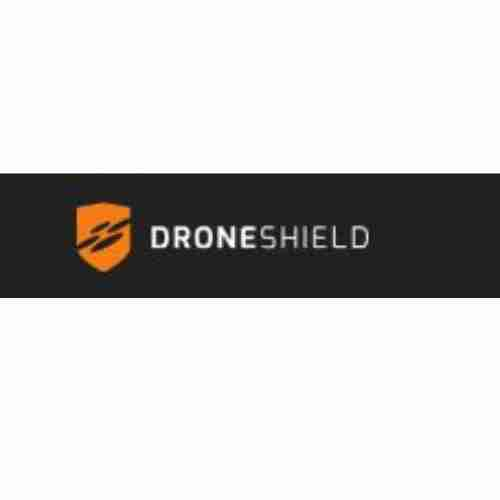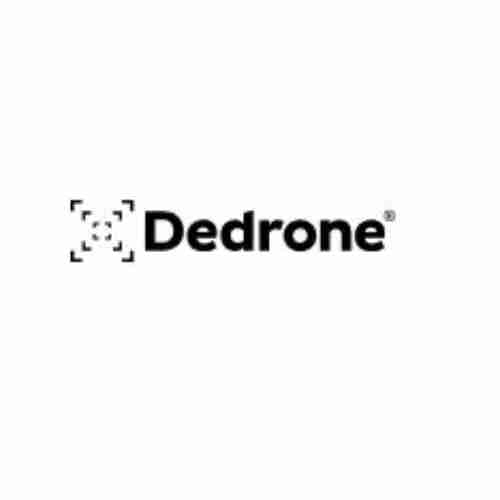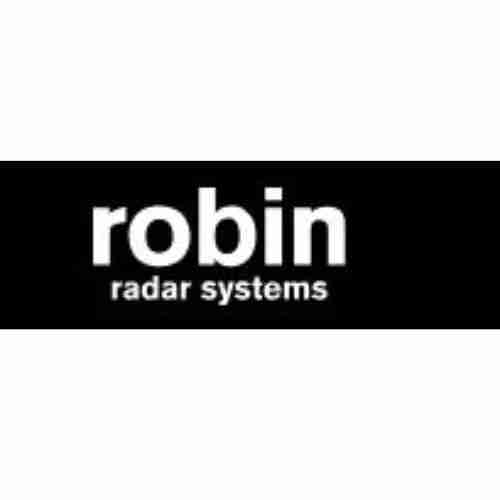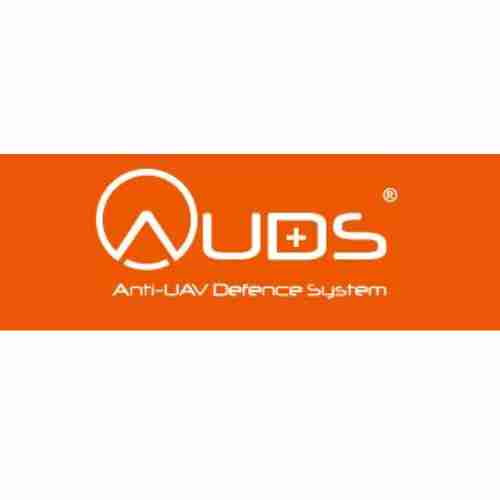Anti Drone System and Counter UAS Detection in Japan in 2025
The Land of the Rising Sun, Japan, is a nation synonymous with innovation and cutting-edge technology. But with this progress comes a new challenge: the increasing threat posed by unauthorized drones. These unmanned aerial vehicles (UAVs), also known as Unmanned Aerial Systems (UAS), can disrupt critical infrastructure, invade privacy, and even pose a safety hazard at airports. To combat this growing concern, Japan is at the forefront of developing robust anti-drone systems and counter-UAS detection technologies.
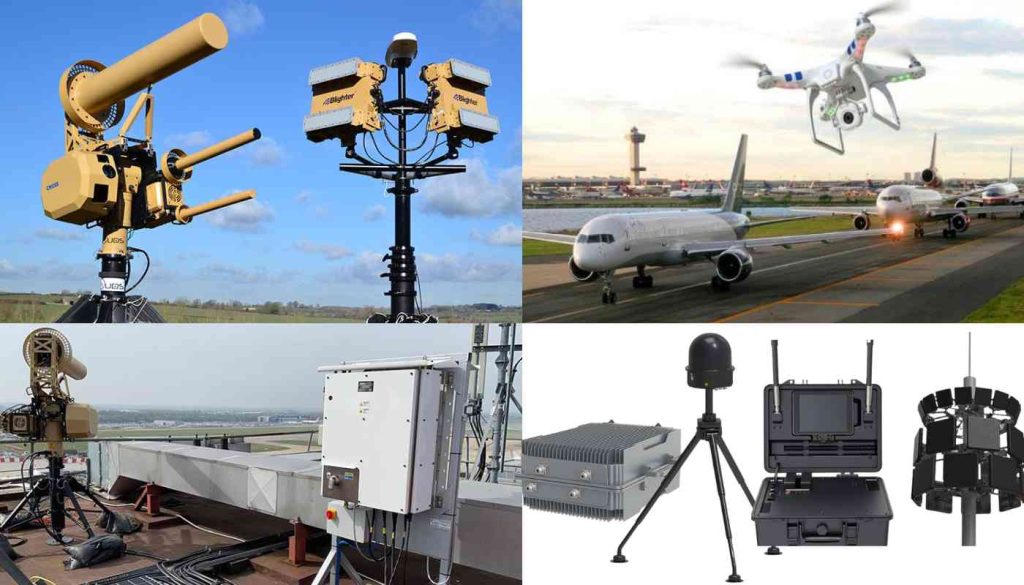
Why are Anti-Drone Systems Crucial in Japan?
Japan’s unique geography and infrastructure make it particularly vulnerable to drone incursions. Densely populated cities, sprawling industrial complexes, and numerous airports create prime targets for malicious drone activity. Here’s a closer look at the specific threats:
- Disruption of Critical Infrastructure: Drones can disrupt vital operations at power plants, nuclear facilities, and communication towers. Even a small drone can cause significant damage if it collides with sensitive equipment.
- Privacy Invasion: Drones equipped with cameras can be used for illegal surveillance, invading the privacy of individuals and businesses.
- Airport Safety Hazards: Unauthorized drones pose a serious threat to airplanes taking off and landing, potentially causing catastrophic accidents.
- Public Safety Concerns: Drones can be used for criminal activities like theft, drug smuggling, and even terrorism.
Japan’s Counter-UAS Arsenal
Recognizing these threats, Japan has taken a proactive approach to developing a comprehensive counter-drone strategy. This strategy utilizes a multi-layered defense system, encompassing:
- Drone Detection Systems: These systems employ various technologies like radar, radiofrequency (RF) sensors, and acoustic detection to identify and track unauthorized drones within a designated airspace. Early detection is crucial for effective countermeasures.
- Drone Jamming Technology: These systems disrupt the communication link between the drone and its operator, essentially grounding the drone or forcing it to return to its launch point. Jamming technology is a powerful tool, but regulations regarding its use need careful consideration.
- Drone Interception Systems: These systems take a more physical approach, using nets, tethered drones, or even directed-energy weapons (lasers) to disable or destroy unauthorized drones. This option requires precise targeting and comes with safety considerations.
- Drone Takeover Systems: This emerging technology attempts to hijack the control of a rogue drone, essentially taking it over and landing it safely or redirecting it away from sensitive areas. This approach offers a non-destructive solution but may not be foolproof against sophisticated drones.
- Airspace Security Systems: These systems integrate various detection, tracking, and countermeasure technologies into a centralized command and control platform. This allows for a coordinated response to drone threats, ensuring faster reaction times and improved decision-making.
Leading the Way in Anti-Drone Technology
Japan is home to several leading manufacturers of anti-drone systems. Here are some notable examples:
- Mitsubishi Electric: This renowned company has developed a high-powered laser system capable of disabling drones at a distance of over 1 kilometer, offering a precise and long-range solution.
- Kawasaki Heavy Industries: Another major player, Kawasaki, has showcased its own laser-based counter-drone system, highlighting the growing focus on directed-energy solutions.
- Other Japanese Manufacturers: Several other companies in Japan are actively developing innovative anti-drone technologies, including radar-based detection systems, drone jammers, and drone takeover systems.
Challenges and Considerations for Japan
While Japan is making significant strides in developing counter-UAS solutions, there are still challenges to overcome:
- Regulation and Compliance: The use of some anti-drone technologies, particularly jamming and directed-energy weapons, needs clear regulations to prevent interference with legitimate communications and ensure public safety.
- Evolving Drone Technology: As drone technology continues to advance, counter-drone systems must constantly adapt to stay ahead of the curve. This requires ongoing research and development efforts.
- Integration and Interoperability: A successful counter-drone strategy relies on the seamless integration of various detection and mitigation systems. Ensuring interoperability between different technologies is crucial.
- False Alarm Reduction: Minimizing false alarms from drone detection systems is essential to avoid unnecessary disruptions and maintain public trust.
A Secure Airspace
By addressing these challenges and continuing to invest in cutting-edge technology, Japan can solidify its position as a leader in counter-UAS solutions. A robust anti-drone system will not only safeguard critical infrastructure and ensure aviation safety but also contribute to public security and privacy. This, in turn, will foster a more secure and trusting environment for continued technological innovation in the Land of the Rising Sun.
FAQs
What are Airport Anti-Drone Systems in Japan?
Airport anti-drone systems in Japan are a combination of technologies that detect, track, and neutralize unauthorized drones near airports. This protects airplanes from collisions and ensures smooth air traffic control.
Why are Counter-UAS Systems Important in Japan?
Counter-UAS systems are vital in Japan because of its densely populated areas, critical infrastructure, and numerous airports. Unauthorized drones can disrupt sensitive operations and endanger airplanes, making counter-drone measures essential.
What are some Detection Methods used in Japan's Counter-UAS Systems?
Japan utilizes a multi-layered approach to counter-UAS detection. This includes radar systems, radiofrequency sensors, and acoustic detection to identify and locate unauthorized drones in restricted airspace.




